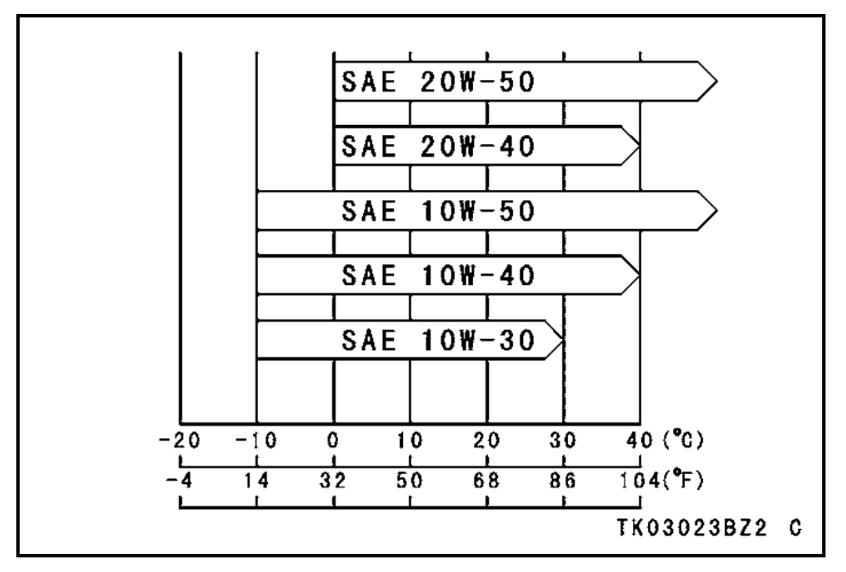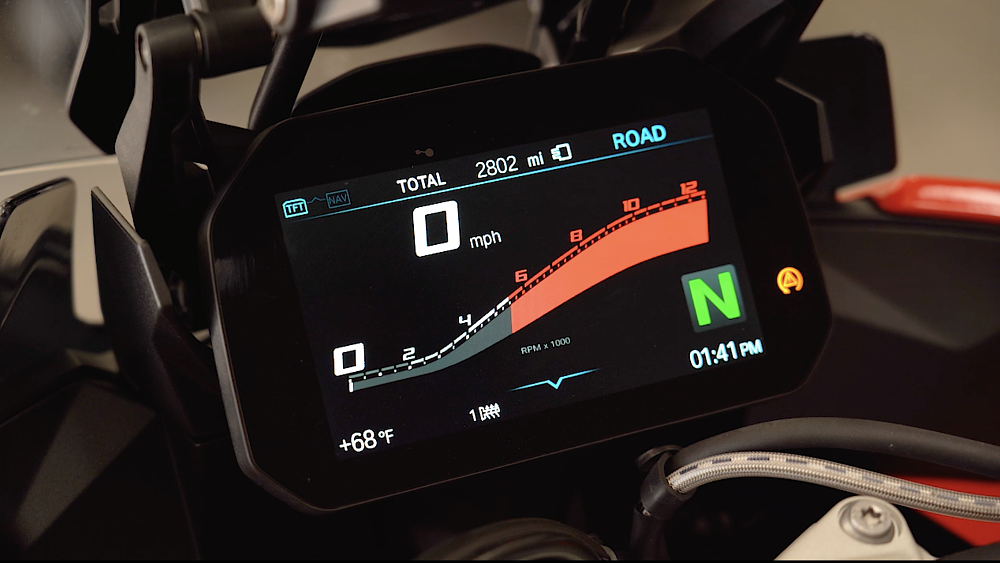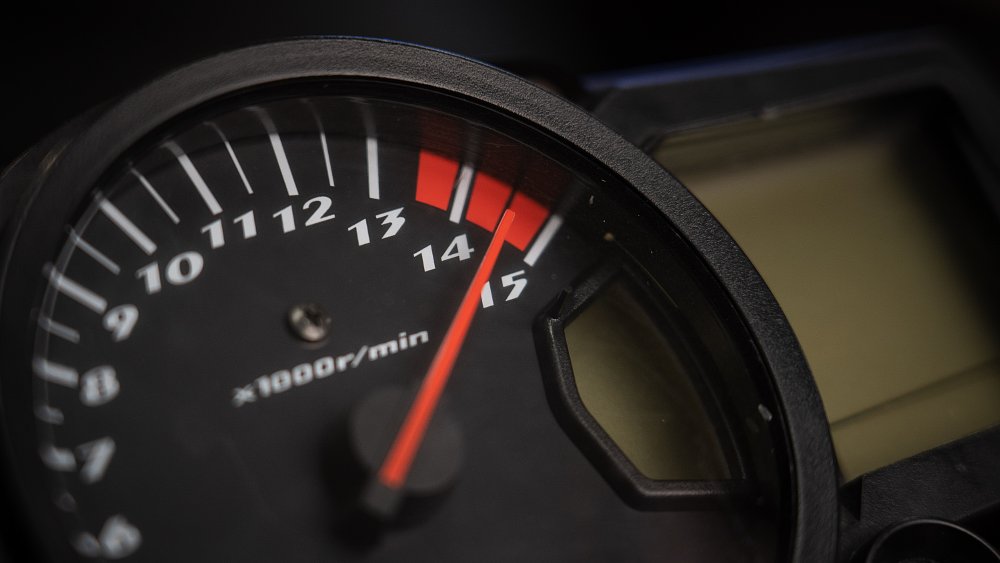People cite a lot of reasons for letting their bikes idle after startup, and while there used to be several legitimate justifications for getting the engine good and warm before clicking it into gear, most of them just don’t apply anymore.
It doesn’t run right when it’s cold
The first valid but mostly out-of-date explanation is carburetors. Up until the 1990s, pretty much all bikes used carburetors to mix fuel and air in the right proportions for combustion, and carbureted bikes tend to run like crap until they’re warm. They’ll idle weird and bog or stall when you open the throttle, and that’s because the vaporized gas condenses on still-cool intake ports, piston crowns, and cylinder walls, leaning out the mixture and causing the engine to stumble. The solution is to apply the choke — which restricts air and raises the ratio of fuel to compensate for the cold condition — and wait until the engine gets enough heat in it to keep the gas vaporized.
So if you ride a carbureted bike, then yeah, you likely need to give your motorcycle a minute or two to idle and warm up, or it just won’t run right. And if you grew up with carbureted bikes, then it’s understandable that that’s what you’re used to, and old habits die hard. With modern fuel injection, though, the ECU automatically adjusts fueling and idle speed when the engine is cold, which ensures a smooth idle and crisp throttle response right from startup. Some EFI bikes still struggle when they’re chilly, but the majority run well right away, so there’s really no need to linger before hitting the road.
The oil won’t flow when it’s cold
The next formerly legit reason is oil flow. Perhaps you’ve heard someone say that you need to give the oil in the engine time to come up to temperature, because when it’s cold it won’t flow properly. That might be the case with maple syrup and it might have been true for the straight-weight, pure mineral oils that were used before WWII, but modern multi-grade oils are multi-grade specifically so they’ll pump easily when cold. In fact, 10W-40, a common viscosity for street bikes, flows readily from well below zero, which is a lot colder than most people are going to ride in.

So if your bike isn’t slurping mixture through a carburetor then you don’t need to let your engine get warm to clear up the fueling, and if you’re using modern oil then you don’t have to worry about oil flow. You do, however, want to allow some time for oil pressure to build and for oil to get distributed throughout the engine so everything is properly lubricated. Luckily, that happens very quickly, and your bike even tells you it’s happened by turning off the check engine light, which is connected to an oil-pressure sensor in the sump. So in other words, by the time you’ve pulled on your helmet and gloves, the engine is ready to roll.
Heat it up before you hammer the throttle
However, just because you don’t need to let your bike get good and warm before letting the clutch out, doesn’t mean it’s OK to send the tach needle to redline right away.
And that’s because whether your bike is carbureted or fuel-injected, American or Japanese, a cruiser or a dirt bike, there’s a laundry list of critical clearances that don’t come into spec until the components are good and hot and have expanded to their intended dimensions. There’s the thousandths-of-an-inch gap between your pistons and cylinders, and the precise clearances between your cams, bearing journals, rockers arms, and valves, among other things.
If you hammer the throttle before everything has had time to reach operating temperature, you’re likely causing ever so slightly accelerated wear as the parts flail around at less-than-ideal clearances. Or the opposite can happen: In extreme cases (usually in two-strokes), the engine can seize as the piston expands more quickly than the cylinder bore, and clearance goes to zero.

To be clear, we’re talking about putting an engine under extreme load when it’s still cold, which is a terrible idea, as opposed to riding gently as the engine warms up, which is a perfectly reasonable thing to do.
If all you’re doing is cruising across town to grab lunch, then don’t sweat it. Even on a cold day, healthy engine parts will function fine under moderate loads and rpm. If you’re starting the bike so you can fire it down the drag strip or rip it around a track, however, then you’ll want to make sure the engine case feels hot to the touch before you bring those revs to redline. Some bikes, like BMW’s S 1000 XR, even display a lower redline until the motor is sufficiently warm, just to remind you to limit revs.
The short version
In general, unless you’re riding a carbureted bike, or somehow you've unearthed tins of motor oil from 1940 and decided to run it in your engine when it’s well below freezing out, your motorcycle probably doesn’t need to idle for more than a minute before you ride it. Of course you have every right to get your engine good and hot before hitting the road if that’s what you prefer to do, but please don’t give an anachronistic reason for doing it.
So hit the starter, strap on your gear, and get on the road, but don’t get greedy with the throttle until the engine has had time to get up to operating temperature.










